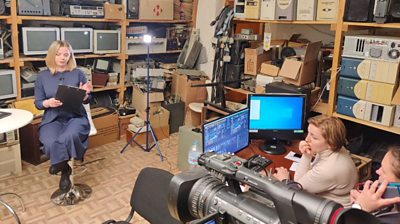Since 24 February, the life and work of Yaroslava Kaminska has changed completely, in ways she never could have anticipated.
Two months ago, she was manager of the Ukrainian public broadcaster’s journalism training academy, and living in a small village northwest of Kyiv – not far from Bucha. Almost overnight, daily life became sheltering in a basement from fierce Russian shelling, and then – two weeks later - fleeing in a civilian convoy under heavy fire.
Now, in the comparative quiet of western Ukraine, Yaroslava is supporting the sheer logistics of relocating a national news operation in the middle of a full-blown war.
“We were lucky to stay alive,” says Yaroslava, speaking by WhatsApp after a long day of registering colleagues to allow them to work in new cities, after leaving everything behind.
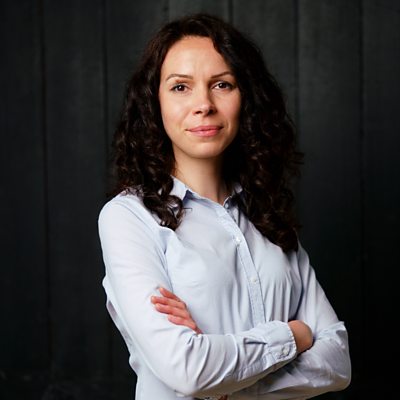
The world has turned upside down for Ukraine’s public broadcaster, Suspilne (Public), also known as UA:PBC, since Russia’s invasion of the country.
Just last autumn, Suspilne opened a new and modern newsroom in Kyiv’s central Khreshatyk Boulevard, working across multi-media platforms with support from ±«Óătv Media Action and Deutsche Welle Akademie. Years of training and mentoring - from ±«Óătv Media Action, Deutsche Welle Akademie and other organisations - had helped to improve journalists’ editorial and production skills, and enabled the media house to completely revamp its newsroom workflows and grow a strong digital presence.
It also established the UA:PBC Academy, with centres in both Kyiv and Odesa, to train journalists and students aspiring to work in the field. In peacetime, the Academy covers a wide range of topics, including investigative skills, how to identify mis- and disinformation and verify data, and basic shooting and editing techniques.
Targeted for attack
With newsrooms in 24 cities and regions across the country, Suspilne was reinventing itself as a modern national public service broadcaster, transforming itself from its roots as a state-controlled TV channel. COVID-19 had already changed their ways of working, putting much of their training online and more of their reporting, too.
But the war has affected nearly every aspect of its operations. Suspilne left its new Kyiv studio when it became clear that media infrastructure was being targeted for attack. Main broadcasts pivoted to whichever regional offices were facing the least disruption.
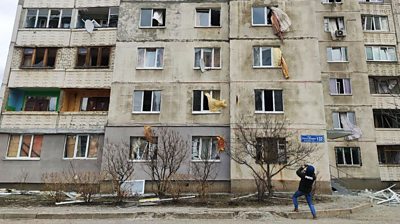
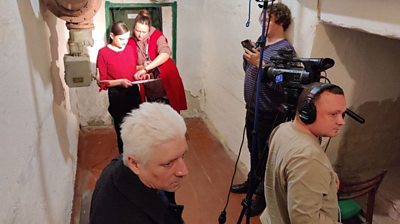
Digital news operations quickly became a core focus, as Ukrainians desperate for trusted information scrolled endlessly on phones from underground parking garages and metro stations doubling as bomb shelters. Its Telegram channel, including the day’s headlines and the latest air raid alerts, has quickly grown; by mid-April, Suspilne had around five million subscribers across all of its social media channels.
'Heroes'
“They are really heroes, because they are doing all the work together,” she says of her colleagues, who are doing whatever jobs are required in order to continue with live coverage. In addition to covering live and risky developing situations, editors are working as reporters, and some journalists have pivoted to work online or remotely.
The war has also brought new challenges. There has been an avalanche of user-generated, highly emotional content on social media, much of it nearly impossible to authenticate; false and misleading information is rife. Training in verification techniques and approaches has been invaluable, she said. “The team trust each other and know the balance, and how the editorial principles apply... They are working to the same principles that they were taught in the training.”
But journalists plunged into war coverage still need support, she said. As well as financial support for media organisations to keep operating, journalists need training in first aid for the battlefield, and access to protective equipment, which is scarce and hard to import.
“Don’t forget about us, the war is not yet over,” she said.
±«Óătv Media Action is continuing to support partners in Ukraine - find out more (leads to third-party site).
±«Óătv Media Action is a signatory to the in support of Ukraine's journalists (leads to third-party site).
All images courtesy of Suspilne.
Latest Ukraine stories
More stories from UkraineOur projects in Europe and Caucasus
-

Support to independent media in the Eastern Partnership countries
We are working in Eastern Europe and the Caucasus to support public interest media. -
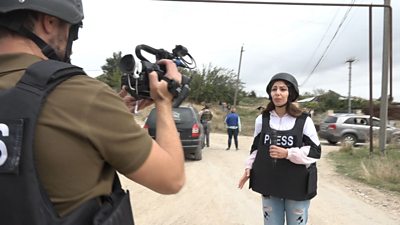
Strengthening Armenia’s vibrant independent media
We are working with students and public interest media to improve journalistic standards and ensure access to objective, impartial and trustworthy information. -
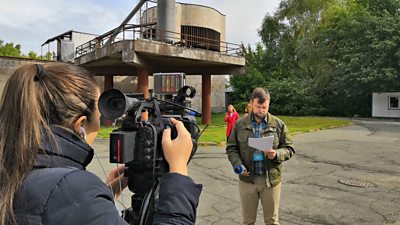
Supporting Ukraine’s new Public Service Broadcaster
Through two projects, we’re supporting the newly-established National Public Broadcaster in Ukraine, UA:PBC, to improve its capacity as an independent, impartial news broadcaster. -
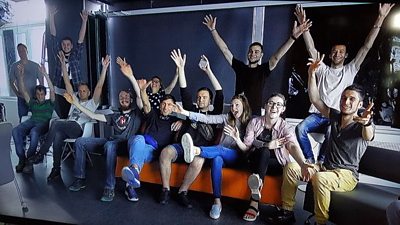
Supporting independent news in Ukraine
Media Action is working on a Good Governance Fund-supported programme to enhance the capacity of the Ukrainian TV station – Hromadske TV.
